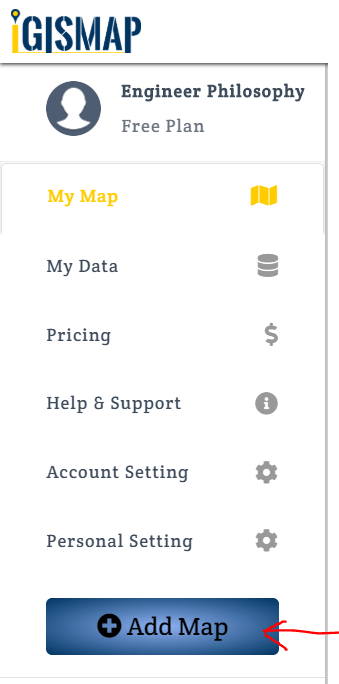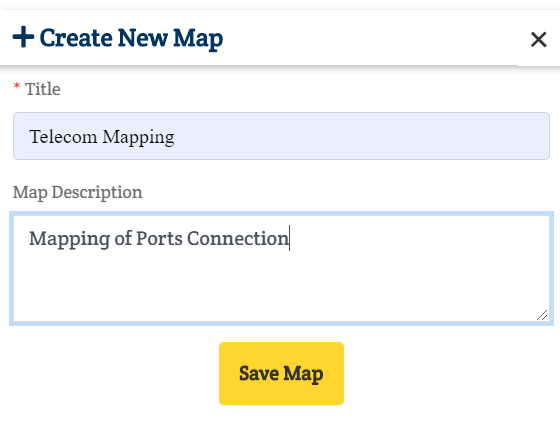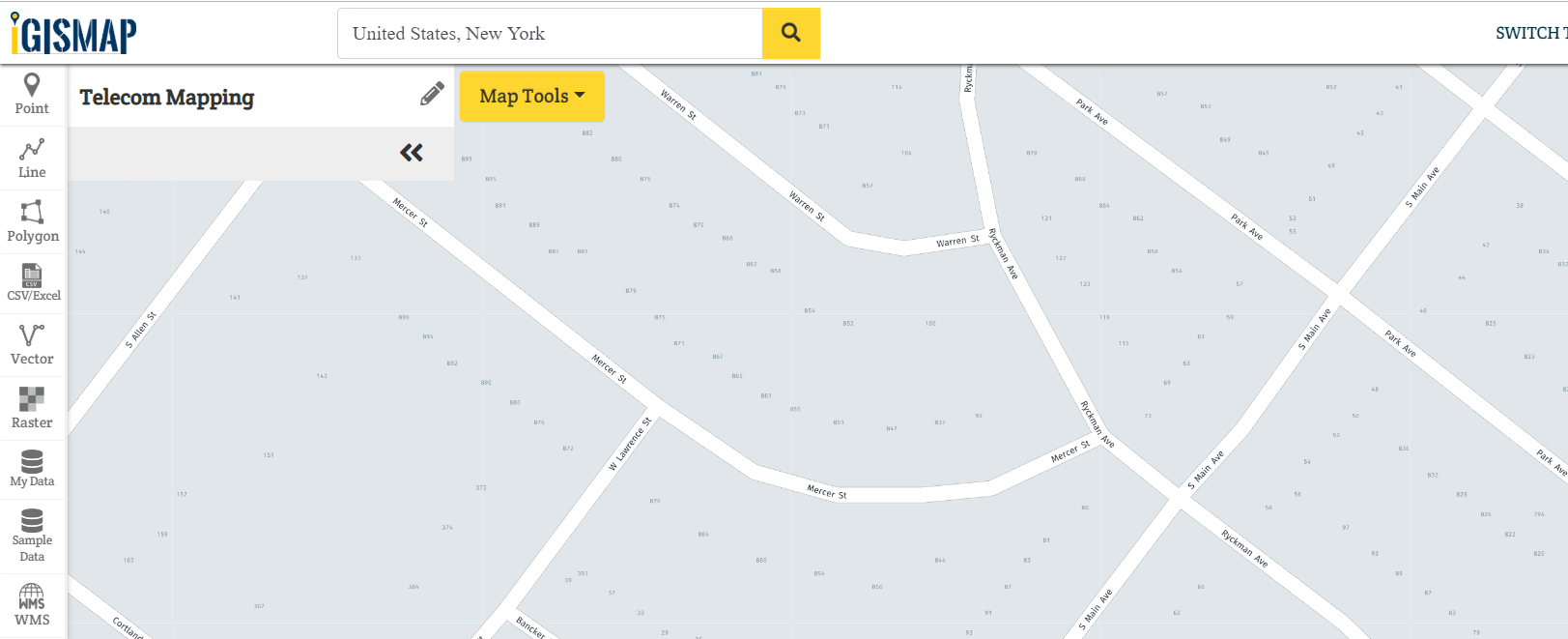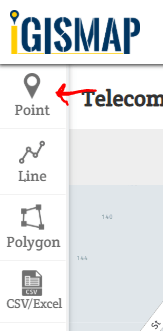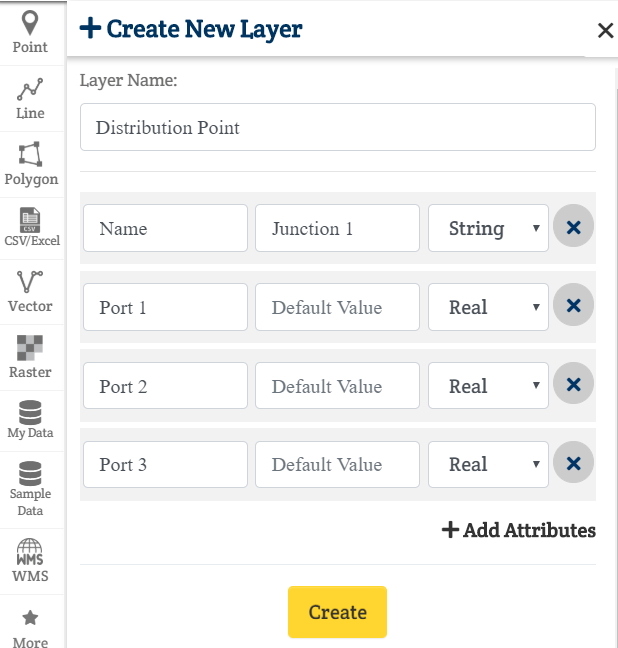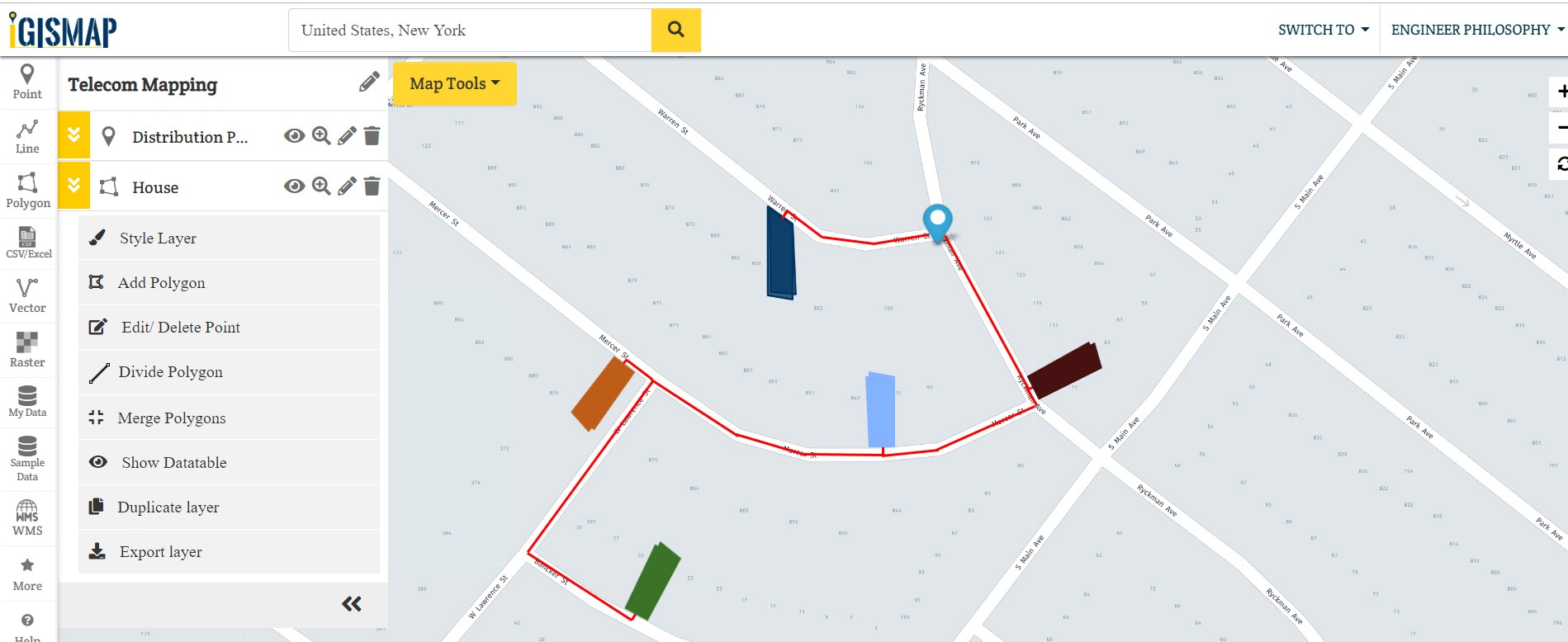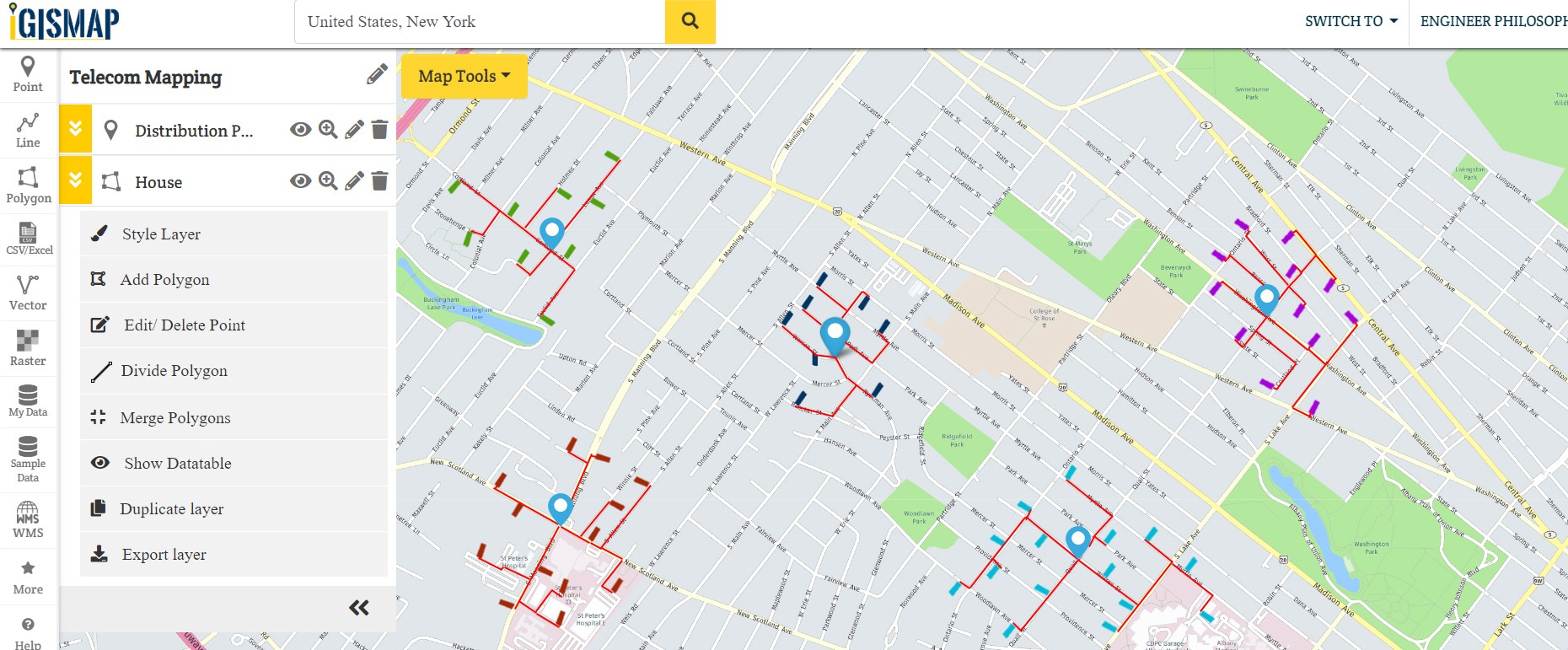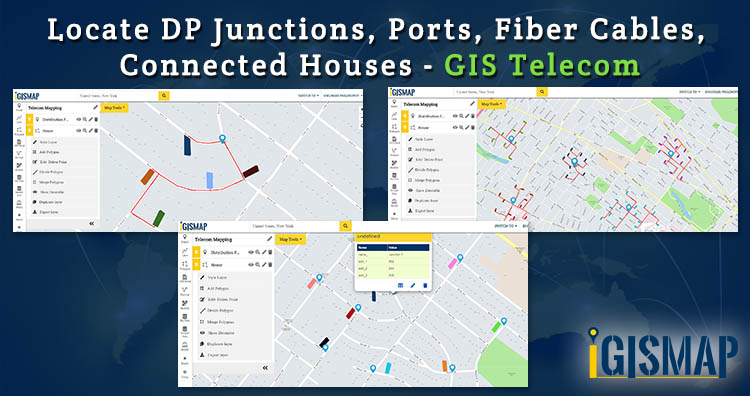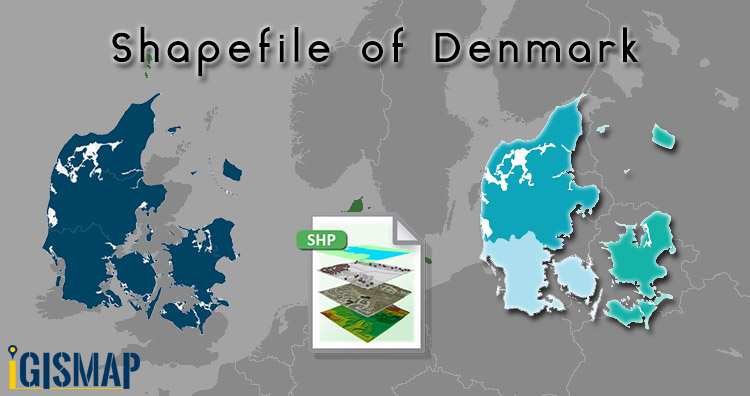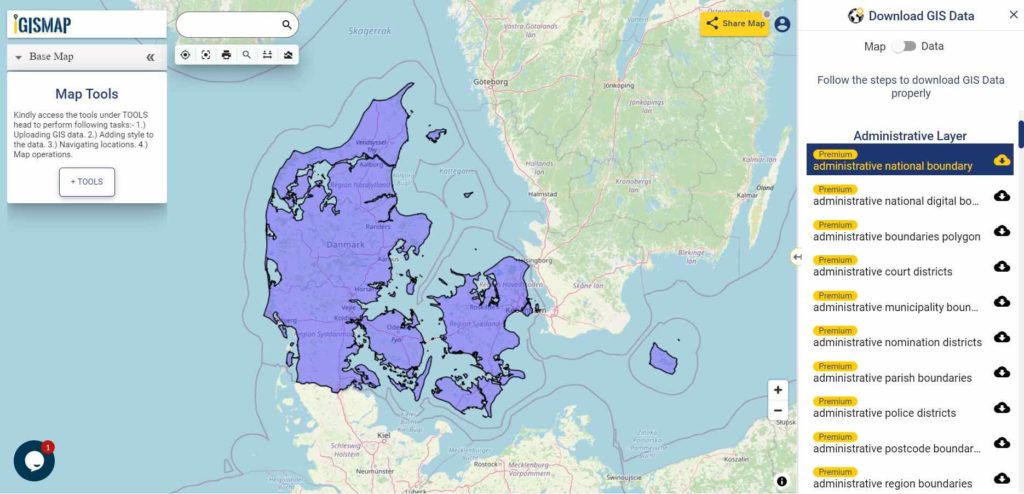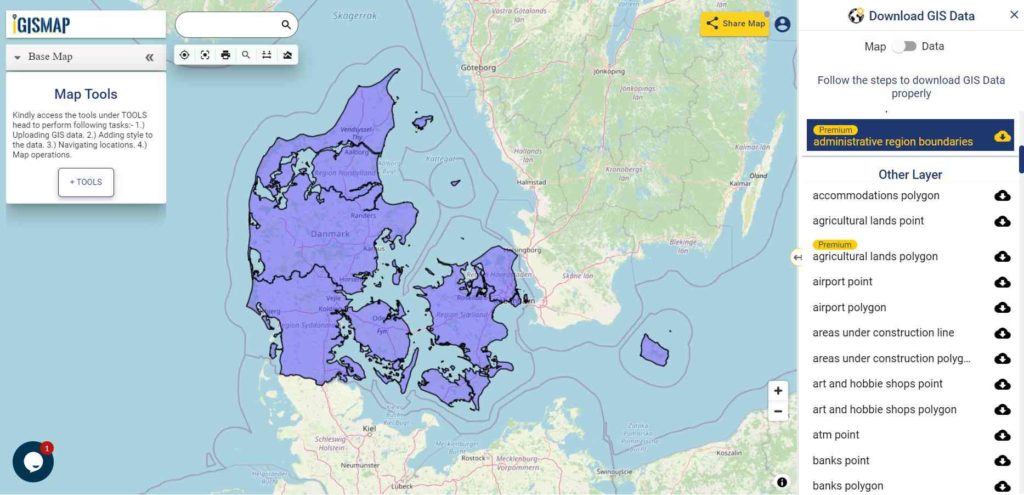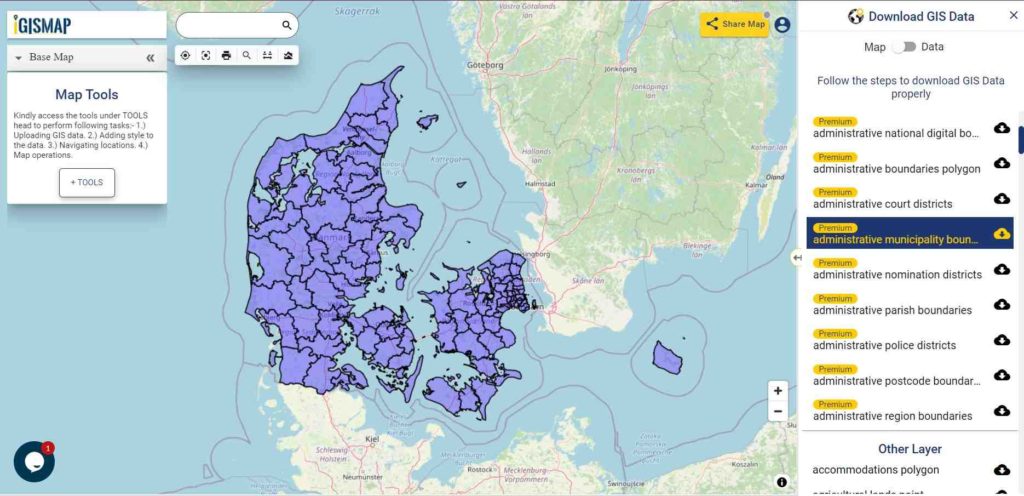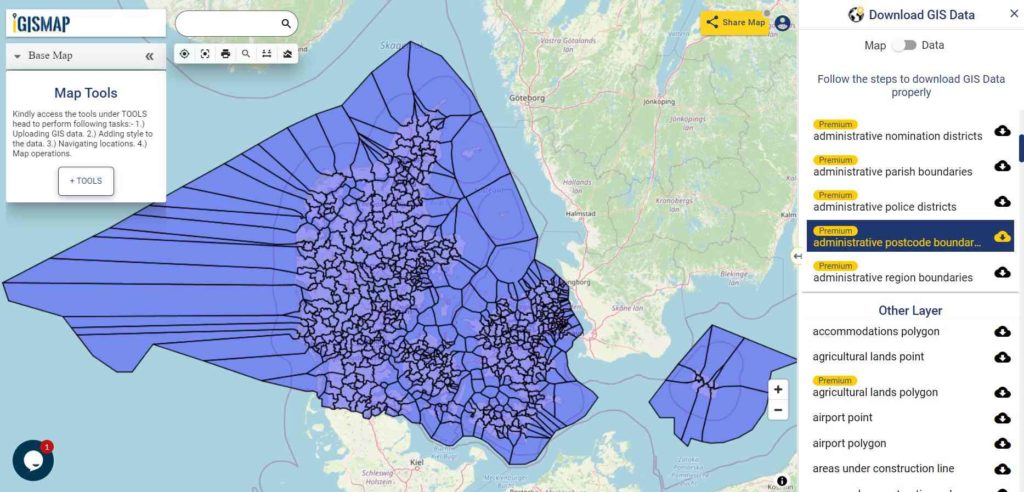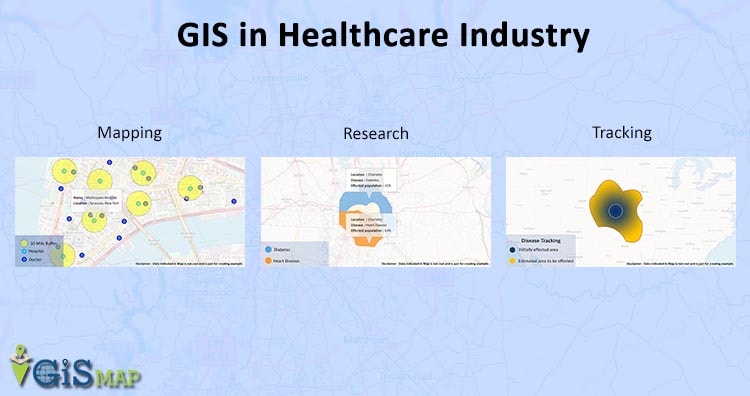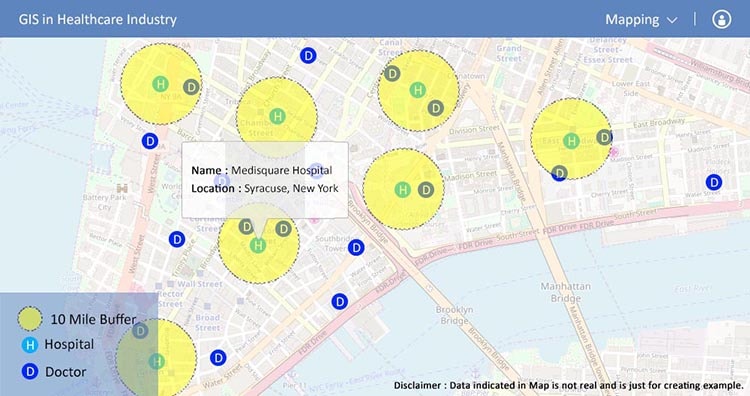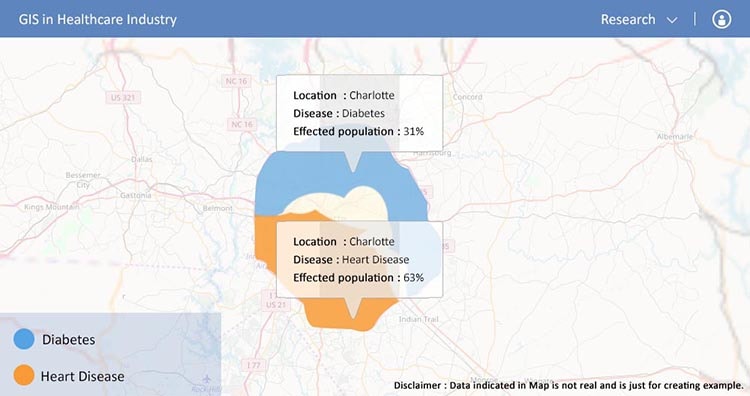Healthcare Industry or the Public healthcare Industry deals with public medical care on a very large scale and there are many outbreaks and crisis happens some particular areas or some routes. The Ability to map out and visually represent a region is necessary for planning responses to health crises and identified outbreaks which is done by GIS in Healthcare Industry.
GIS in Healthcare Industry :
In this post we are going to focus on How can we use GIS in Healthcare Industry and for that let us first talk about Healthcare Industry.
Health care industry is one of the most important and organized sector in the world, It deals with public medical care on a vast level. Health care industry is just beginning to realize the tremendous potential of GIS to benefit the public medical care. Either private or public organisation, both sectors are evolving innovative ways to harness the data integration and spatial visualization tech, which can be used with GIS in Health Industry.
Now That we had a brief of Healthcare Industry, lets discuss how would they make use of GIS in their working. GIS is helping every sector and so does it with the Health care. So lets see the benefits of the GIS in Healthcare Industry.
Benefits of GIS in Healthcare Industry :
Healthcare Industries are using the resource integration capabilities of geospatial technologies to create analytical and descriptive solutions for major health issues. Geographical Information System impersonates an important role in improving the quality of care, integrating and analyzing clinical data — alongside environmental data, increasing accessibility of services, finding cheap cost delivery modes, and preserving patient confidentiality while satisfying the needs of the research community for data accessibility.
Here we list out some of the main benefits of using GIS in Healthcare Industry:
Mapping :
GIS uses maps to analyze and understand the location of doctor or patients or hospitals. GIS mapping of data helps you make informed decisions with a web portal or application. It can provide a web- based portal for every patient or doctor, as you can find your closest doctor or right doctor for your specific need etc. This System includes comprehensive hospital listing locations and the no. of healthcare and social associated employees. These data provide a complete framework for exploring care provider locations.

Tracking :
Tracking is one of the most powerful aspect provided by GIS in Healthcare Industry. It has ability to use geography and other inputs to identify many new aspects. Let us discuss about two of them.
- Tracking of Infectious Diseases : GIS can identify where diseases are most likely to spread next when an Infectious disease is effecting over a wide range of area. Collecting this kind of data can be essential to on-ground working personnel working to save lives because it enables them to prepare in advance for a disease and can severely impact.
- Tracking Children Immunizations : GIS tracking can also be used as tracking child immunizations. GIS provides a way to move data from the project level so that it can be used by the entire organization, as it is used to gain a better understanding of Immunizations rates to determine which locations could be rescued during an outbreak.

Helps in Research – GIS in Health Care:
For broad regional treatment plans the collection of vast amount of accurate personal data is expected to reveal a great deal, but it can also greatly impact personalized healthcare. It has the potential to uncover long-term geographic trends in the health of certain demographics of people living within certain regions of the world. If the people or individuals have same health condition on same regions, like in a particular area, 70% of the population is suffering from the same common disease. So we can discover about why they all have the same disease? and we could open new realms of healthcare research.

Discovering Health Trends – With GIS Tool :
The Geographical Information System provides healthcare industry personnel the ability to recognize health related trends. The GIS offers public healthcare target healing endeavor based upon the result of health related trends. GIS offers a method for health care professionals in which they can address where the diseases are more prevalent or likely to be widespread in mean time and proactively begins implementation of preventative strategies or begin staffing skilled medical specialists healthcare professionals.
Improving Healthcare Services by GIS tool :
The Geographical Information System helps in identifying the greater needs of specific healthcare services in a large area or country. GIS helps in providing quick access to medical records, which is crucial to effective treatment. The use of GIS improves national healthcare services as it enables leaders and developers to work more closely with hospitals. And healthcare to take larger steps in addressing national healthcare needs. The geography of health care systems, which deals with the planning, management and delivery of suitable health services after determining healthcare needs of target community and service catchment zones. Improving healthcare services is the most important benefit of using GIS in Healthcare Industry.
So, This is how Healthcare System is using GIS for performing their tasks more efficiently. Geographical Information System is a powerful tool that has been successfully implemented to assist address a number of noteworthy health issues ranging from mapping to improved services. Using GIS in Healthcare System is one of the best method to have some control over the management and services. As the healthcare professionals start to adopt and integrate GIS. The number of benefits is likely to rise including the relationship between hospitals and communities. Which is perhaps the most important connection to be made.
Do let us know how this Article is helpful for you, by commenting below in the comment box.
